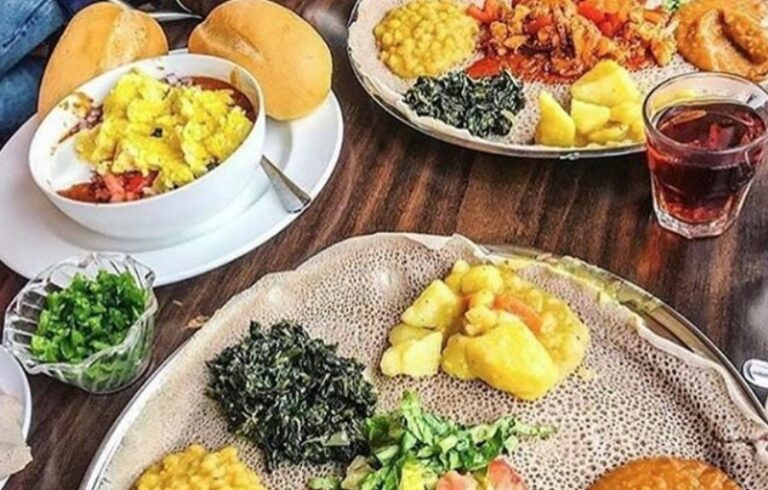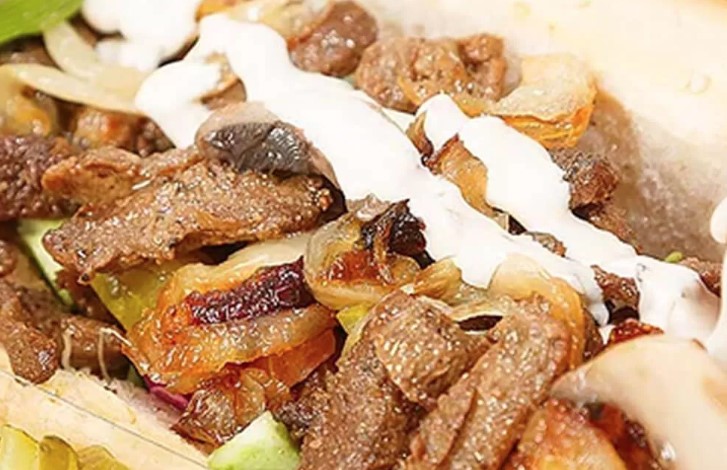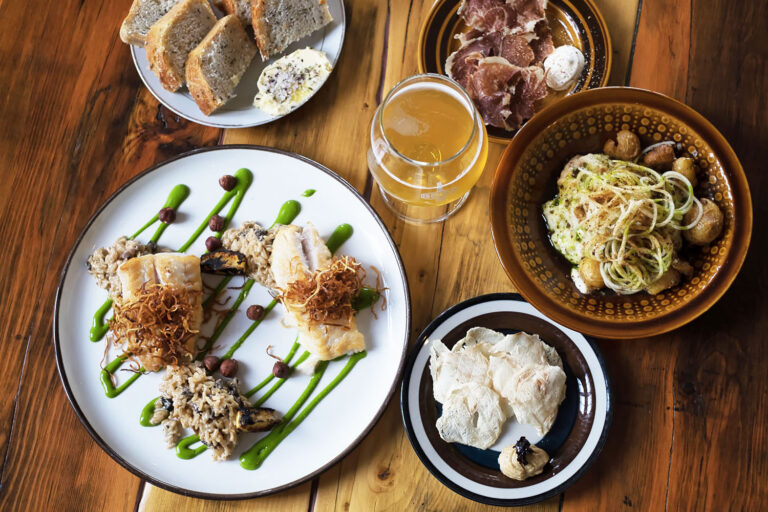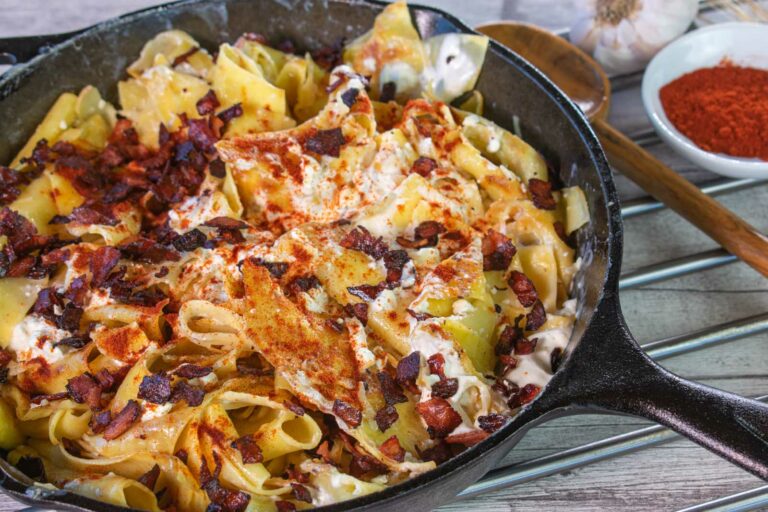Introduction: Exploring Eritrean Beverages
Eritrea, a country in the Horn of Africa, is renowned for its distinctive cuisine and culture, which is reflected in its beverages. Eritrean beverages are unique in taste and often hold cultural significance. The drinks are often served during social gatherings and are an essential part of the country’s cuisine.
Cultural Significance of Beverages in Eritrea
Beverages hold cultural significance in Eritrea and are often served during social events such as weddings and religious festivals. In Eritrea, the gesture of offering coffee to guests is considered a symbol of hospitality. The elders of the family prepare coffee, an essential drink in Eritrea, and serve it to the guests as a welcoming gesture.
Coffee: The Traditional Eritrean Drink
Coffee is the most popular drink in Eritrea, and it is an essential part of Eritrean culture. The coffee ceremony is a traditional social event that is observed in every household. The coffee ceremony involves roasting coffee beans, grinding them, and brewing the coffee in a traditional clay pot. The traditional coffee is served in small cups and is often accompanied by popcorn or peanuts.
Tela: A Local Beer with a Unique Flavor
Tela is a traditional Eritrean beer made from fermented sorghum, barley, wheat, or maize. Tela is consumed in local bars and is a popular drink among the locals. Tela has a unique flavor and is often served in a traditional calabash bowl.
Sowa: A Refreshing Non-Alcoholic Drink
Sowa is a popular non-alcoholic drink in Eritrea, and it is made from barley, wheat, or maize. Sowa is a refreshing drink that is often served during social events and is especially popular during the hot summer months.
Suwa: A Sour and Spicy Fermented Drink
Suwa is a sour and spicy fermented drink made from barley, wheat, or maize. Suwa is a traditional drink commonly consumed in the Tigray region of Eritrea. It is often served during religious festivals and social events. The fermentation process gives Suwa its unique taste.
Hanfesh: A Must-try Eritrean Tea
Hanfesh is a unique Eritrean tea made from ginger, cinnamon, and other spices. Hanfesh has a distinct aroma and a spicy taste that is perfect for a cold day. Hanfesh is often served with a dash of honey.
Conclusion: Eritrean Beverages Worth Trying
Eritrean beverages hold cultural significance and are a vital part of the country’s cuisine. From the traditional coffee ceremony to the unique flavors of Tela and Suwa, Eritrean beverages are worth trying. So, if you ever find yourself in Eritrea, make sure to try out the local beverages and experience the rich culture and traditions.










